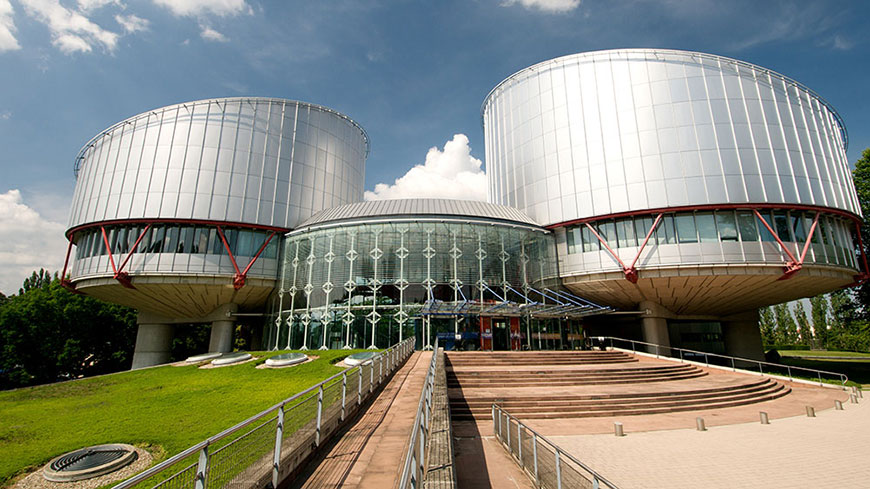
Photo Credit: Council of Europe
On 3 November 2014, the Centre for Freedom of the Media (CFOM) co-hosted the seminar and inter-regional dialogue on the protection of journalists in the European Court of Human Rights, Strasbourg (pictured left). The event was organised by the Council of Europe, UNESCO, the European Lawyers Union and CFOM. The seminar addressed the need to ensure that legal protections for journalists were improved. The effectiveness of legal frameworks that offer journalists protection vary in many regions of the world and the seminar highlighted how there was a low level of prosecution of perpetrators, resulting in impunity.
The seminar provided a platform for inter-regional dialogue to take place among representatives from regional human rights courts and inter-governmental organisations to explore how to tackle these issues and address gaps in protections.
The then Vice-President of the European Court of Human Rights, Guido Raimondi, opened proceedings by discussing the Court’s role in protecting journalists under threat. Raimondi also noted how the seminar provided a chance to focus on recommendations to be made in order to further enhanced the UN Plan of Action on the Safety of Journalists and the Issue of Impunity, in which CFOM has also been involved with. The then Director of Freedom of Expression and Media Development at UNESCO, Guy Berger, also delivered opening remarks alongside Gabriella Battaini-Dragoni, Deputy Secretary General of the Council of Europe, Anne Brasseur, President of the Parliamentary Assembly of the Council of Europe and Nils Muižnieks, the then Commissioner for Human Rights of the Council of Europe
CFOM’s International Director, William Horsley, moderated the panel ‘International and regional frameworks of protection: examining the evidence’ and also delivered a opening remarks to the panel session entitled: ‘The framework of legal protection for journalists at universal level’. He noted the important role that the courts can play in protecting journalists across regions.
We consider today that there are well over twenty international courts that help to enforce the rule of law and often to generate rights. Many of them were established since the cold war – – since the fall of the Berlin Wall. The European Court of Human Rights has come to represent the idea of a pan-European rule of law, thanks to extraordinary efforts during the past decade by lawyers, judges, legal scholars and litigants.
In total four panels took place on the day. The second panel was entitled ‘Protections for the rights of journalists exercising their public interest function: shortcomings, gaps and advances. Perspectives of human rights lawyers, media and civil society’. The third panel was ‘Judicial and national cooperation to improve standards of protection, prevention and prosecution in cases relating to journalists and freedom of expression’. The final panel was entitled ‘Agendas for an inter-regional dialogue to strengthen protections and eradicate impunity’.
Tarlach McGonagle, Programme Director of the master Information Law and Associate Professor at Institute for Information Law (IViR), acted as a rapporteur for the seminar and delivered his remarks at the end of the day. His written conclusions were published following the conclusion of the seminar. In particular, he noted how the seminar had revealed that the existing frameworks were seen to lack ‘teeth’ and called on states to “ensure that the protection of journalists and eradication of impunity are addressed in a prominent way in their reporting obligations under relevant international and regional treaties”. Engagement from a wide variety of actors was highlighted as being of importance. Calls for states, non-governmental organisations, journalists, the media, human rights defenders and civil society organisations were emphasised as being of particular necessity.
